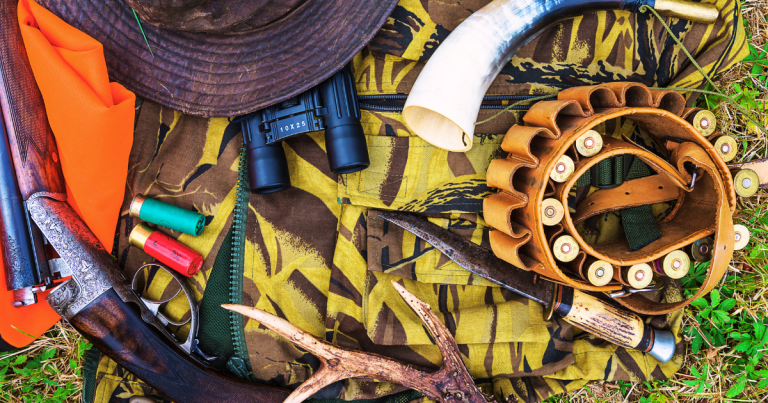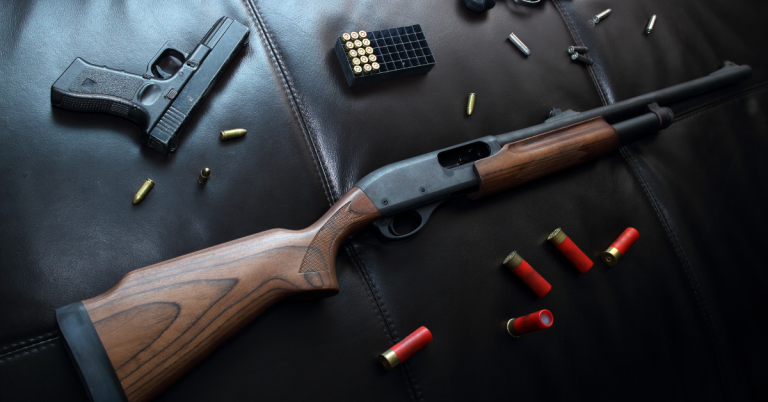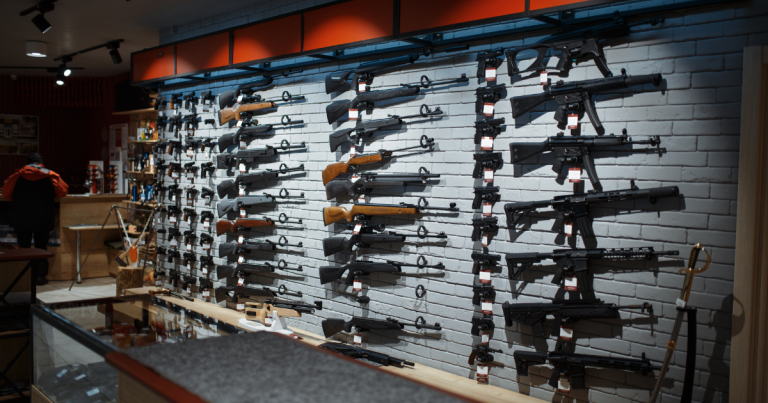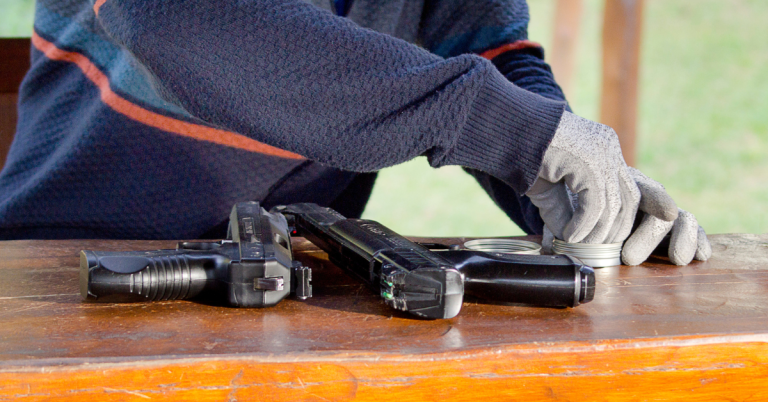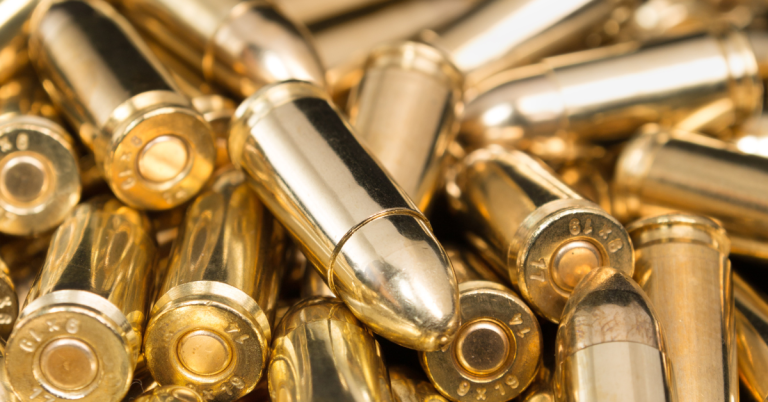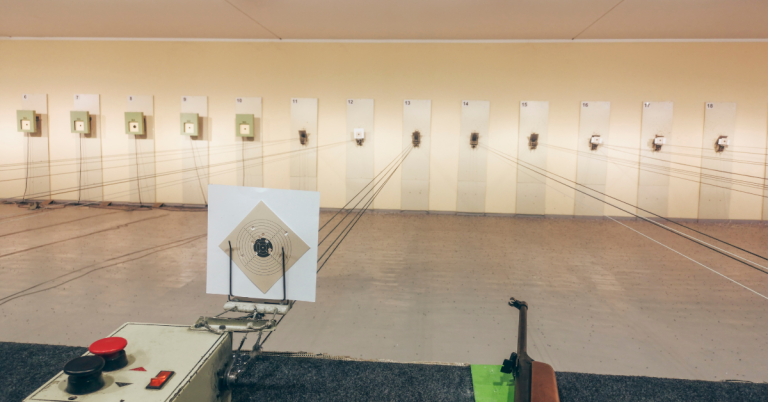Night Hunting with Air Rifles
Night hunting with air rifles is an exhilarating experience that combines the thrill of the hunt with the challenge of darkness. As the sun sets, the rules of the game change, and hunters must adapt their techniques and gear to succeed. Here’s a comprehensive guide to mastering night hunts with your air rifle.
Understanding the Night Environment
The cover of the night offers both opportunities and challenges. Prey animals that are elusive during the day become active, but visibility is significantly reduced. Hunters must rely on their senses and equipment to detect and target game.
Essential Night Hunting Equipment
- Air Rifle: Choose a reliable air rifle with a large magazine capacity and a muzzle energy upwards of 9ft/lb for clean kills.
- Optics: A quality scope with night vision or thermal imaging capabilities is crucial for spotting game in low light conditions.
- Illumination: A scope-mounted lamp or flashlight can help identify targets, but it should be bright enough to spot eye reflections from a distance.
- Camouflage: Opt for darker, muted clothing to blend into the night environment.
- Silencers: A silencer can reduce noise and prevent spooking other potential targets.
Techniques for Successful Night Hunts
- Reconnaissance: Scout the area before nightfall to identify active spots and safe shooting positions.
- Stalking: Move quietly and patiently, using natural cover to approach your target without detection.
- Shooting Stance: Practice shooting from a kneeling stance for stability when a supported position isn’t available.
- Target Identification: Ensure you have a clear view of your target to avoid misidentification and ensure a humane kill.
- Timing: Allow prey to venture out after dusk before beginning your hunt; a few hours post-sunset is ideal.
Safety and Legal Considerations
- Know the Law: Familiarize yourself with local regulations regarding night hunting and air rifle use.
- Identify Your Target: Never take a shot unless you’re absolutely certain of your target and what lies beyond it.
- Inform Others: Let someone know where you’ll be hunting and when you expect to return.
Maintenance and Preparation
- Check Your Gear: Ensure all equipment is functioning correctly before heading out.
- Practice: Regularly practice shooting at night to adjust to the different conditions.
Conclusion
Night hunting with air rifles requires a blend of stealth, precision, and the right equipment. By understanding the nocturnal habits of your prey and mastering the art of darkness, you can transform the night into your ally. Always prioritize safety, respect for the game, and adherence to hunting regulations. With preparation and practice, you’ll find that night hunting can be one of the most rewarding air rifle experiences.
FAQs
What additional safety measures should be taken when hunting at night?
Besides the standard safety protocols, it’s crucial to use reflective gear or markers to ensure visibility to other hunters and carry a reliable communication device for emergencies.
How does weather affect night hunting?
Adverse weather conditions like fog, rain, or strong winds can impact visibility and accuracy. Hunters should check the weather forecast and be prepared with appropriate gear.
What are the ethical considerations of night hunting?
Ethical night hunting involves only taking shots when the hunter is sure of a humane kill, avoiding wasteful practices, and respecting the nocturnal wildlife.
Can I use bait during night hunts?
The use of bait is subject to local hunting regulations. Where legal, it should be used responsibly to avoid habituating wildlife to human presence or food sources.
How do I navigate and find my way in the dark?
It’s advisable to use a GPS device or a map and compass to navigate. Hunters should familiarize themselves with the terrain during daylight and plan their routes accordingly.

